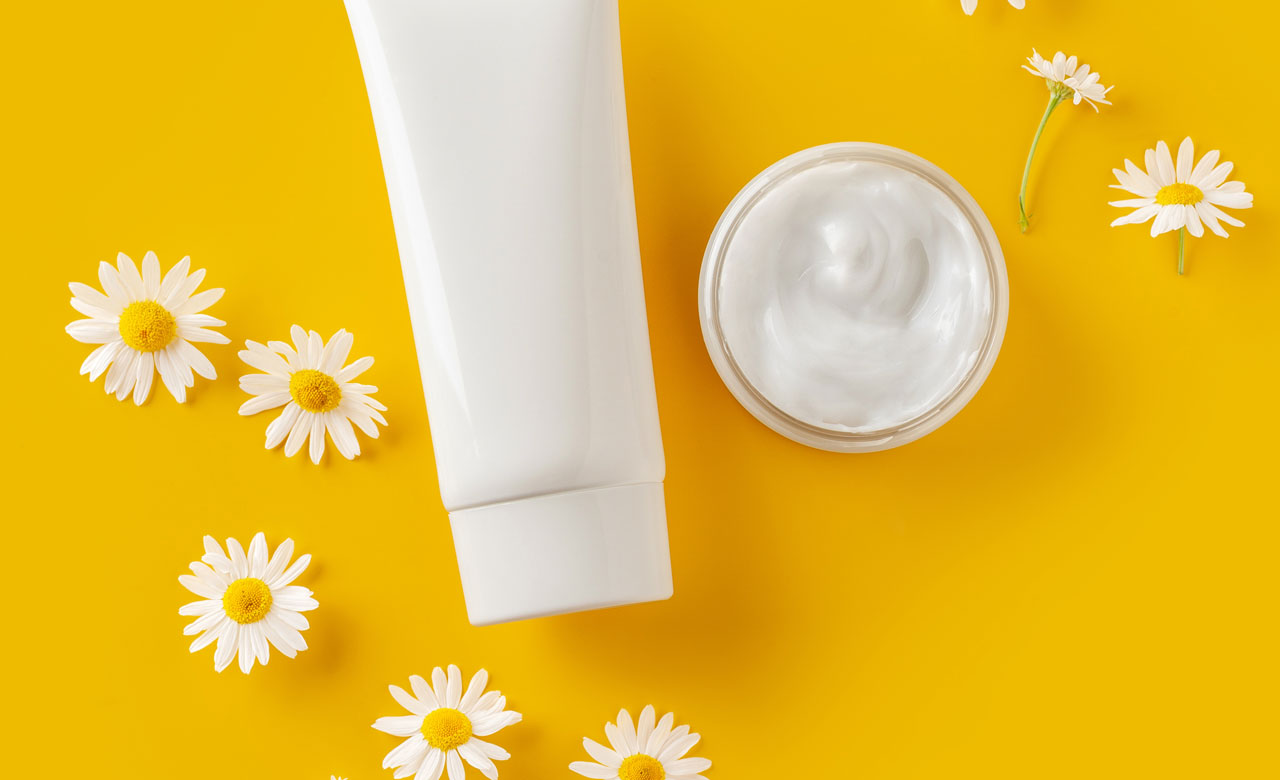Mickie Cathers

Patients suffering from joint and muscle pain often turn to complementary and alternative medicine for relief. Arnica has a long history in treating numerous medical conditions such as insect bites, bruises, scars, fever, apprehension, sciatica, and rash, but it’s primarily recommended for inflammation, arthritis, muscle aches, and stiffness. So, what does the science say?
Arnica is a perennial in the sunflower family (Asteraceae), as are marigolds, daisies, and chamomile. Arnica montana is the species most commonly used in commercial products.
A. montana is traditionally used in self-care, midwifery, and in surgery as prevention or treatment for pain, improved wound healing, and stopping bleeding and swelling. This homeopathic medicine is advertised as plant-powered pain relief from muscle aches and stiffness due to minor injuries, overextension, and falls.
Benefits of arnica use are attributed to the plant’s chemical components, which demonstrate anti-inflammatory, antioxidant, and other biological activity. It is thought that the polysaccharides, flavonoids, and helenalin—among over 150 bioactive components—in arnica express anti-inflammatory and immunosuppressive effects. Cell and animal studies have shown anti-inflammatory effects from arnica extract, but these effects have not been consistently confirmed in human studies.
Is there a benefit?
Arnica has been mainly studied in patients with postoperative pain, with mixed results and divergent effects.
An October 9, 2021, review of arnica used in clinical trials by Smith and colleagues published in Medicines (Basel) found that arnica extract, gels, and creams show promising, but mixed, effects for pain relief.
Some studies included in the review showed significant reduction of pain after treatment with either arnica tablets or ointment compared with placebo, especially in the treatment of arthritis and lower back pain. Fresh plant gel and arnica extract gel resulted in significantly reduced pain scores after 6 weeks in patients suffering osteoarthritis. Other studies found no evidence of effects on pain relief or improvement in reducing pain after surgical procedures.
A December 23, 2014, Cochrane Database Systematic Review by Oltean and colleagues evaluated 14 randomized controlled trials examining 2,050 adult participants suffering from acute, subacute, or chronic nonspecific lower back pain treated with herbal medicines. Interestingly, cayenne was found to reduce pain more than placebo, while arnica presented very low-quality evidence of reduction in perception of pain and improved flexibility with application of a gel twice daily compared to placebo gel.
A December 17, 2021, systematic review and meta-analysis of 18 trials compared arnica to placebo or another active comparator in surgery. Gaertner and colleagues’ Frontiers in Surgery study concluded that arnica had a clinically small effect compared with placebo that just misses significance in treating postoperative pain, swelling, and functional limitations, an effect equal and comparable to most anti-inflammatories and NSAIDs.
Arnica exhibited the most pain efficacy in a comparison with diclofenac and in a trial examining patients who underwent mastectomy and reconstruction and were treated with arnica, which resulted in reduced opioid intake. Arnica presents comparable activity to standard medications such as ibuprofen and diclofenac for pain management and may be a better-tolerated alternative to diclofenac and opioids. More studies are needed to confirm these findings.
Dosage and availability
Arnica is sold as a cream, gel, sublingual tablets, extract, teas, dissolvable pellets, and mixed into mineral bath salts to rejuvenate joints and muscles. The supplement is widely available and ranges in strengths from 1X to 30X. (Homeopathic medicine is dosed based on tenfold dilutions, so a 30X product has been diluted in a 1:10 ratio 30 times.) Dosing is not standardized and variations in concentration levels differ between manufacturers.
What to tell your patients
Arnica is generally regarded as safe by FDA. Adverse dermatologic effects such as rash, itching, or dry skin may develop with topical therapies. Patients allergic to chamomile, chrysanthemum, dandelion, marigold, or sunflower may develop allergic skin reactions when using arnica creams or gels.
High concentrations of oral products are associated with gastroenteritis, vomiting, diarrhea, shortness of breath, and tachycardia. Arnica has anticoagulant and antiplatelet effects due to its coumarin content and is contraindicated in anticoagulant and antiplatelet drug therapies. Arnica may also lower the efficacy of antihypertensive drug therapies. Advise pregnant or breastfeeding patients to avoid use due to lack of data. ■